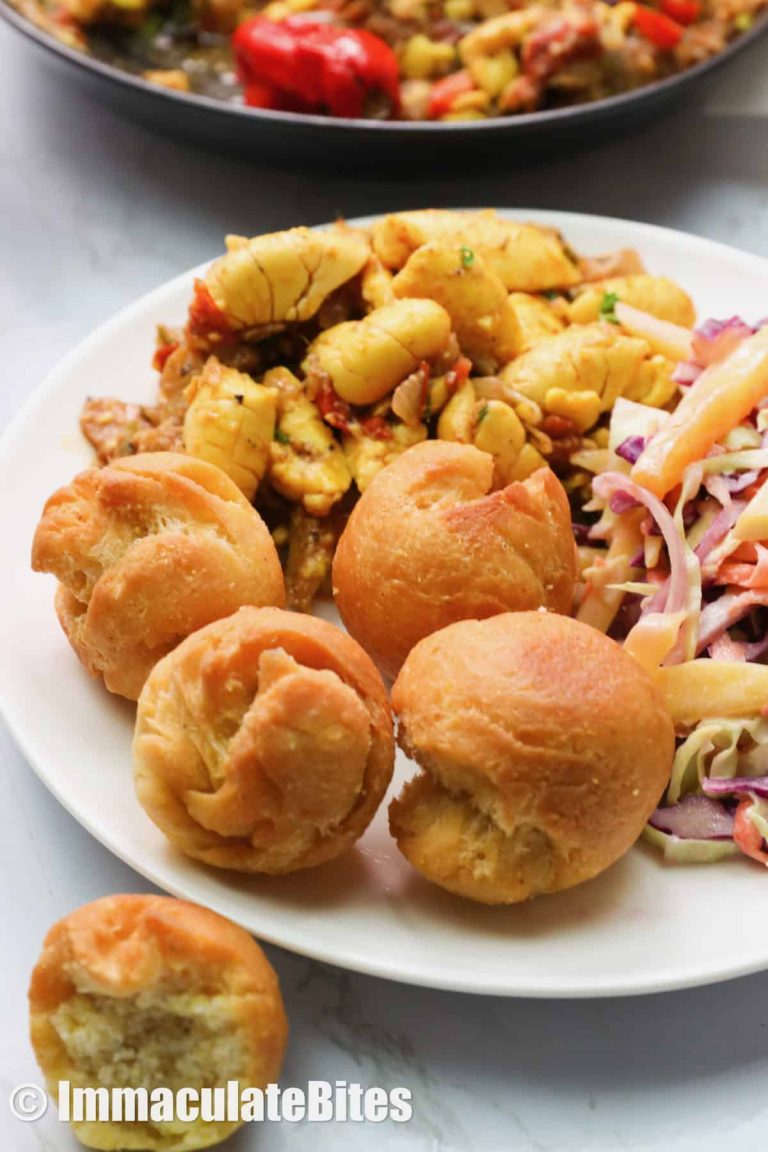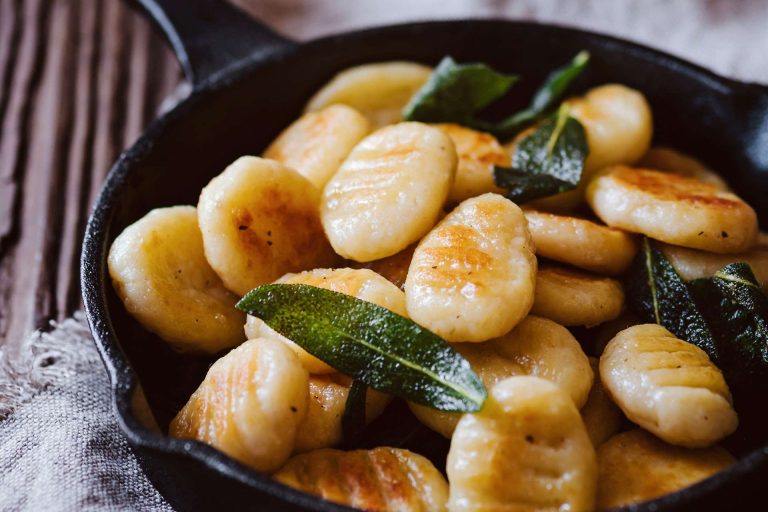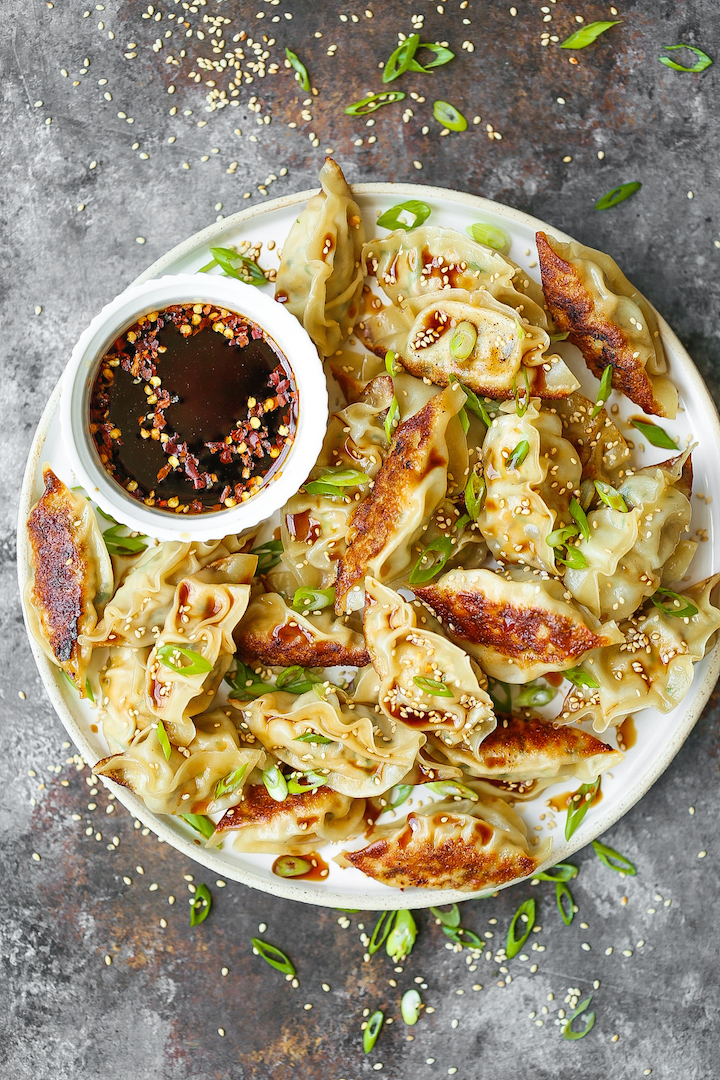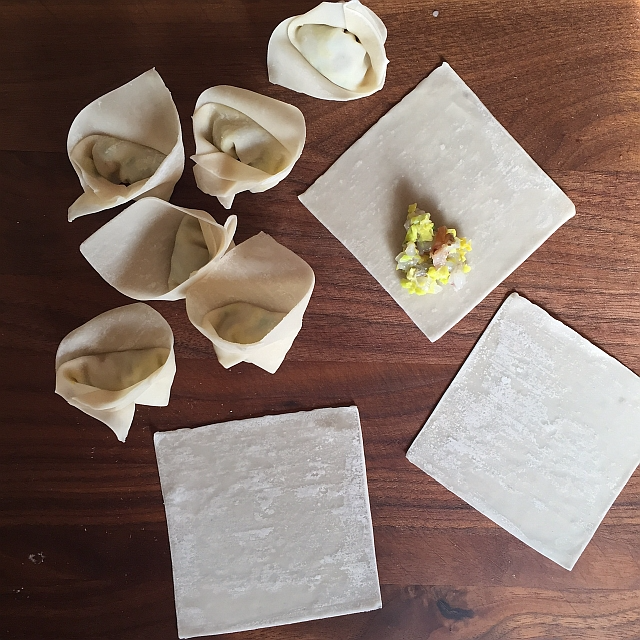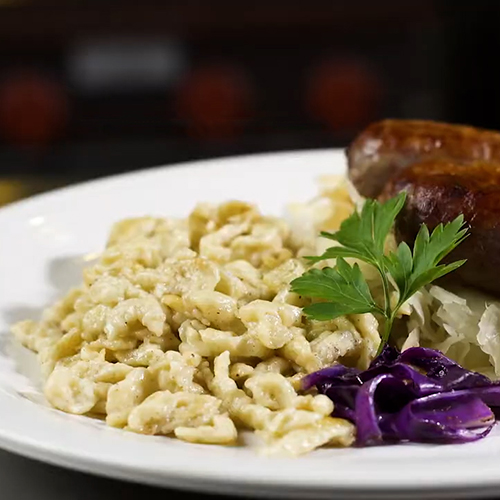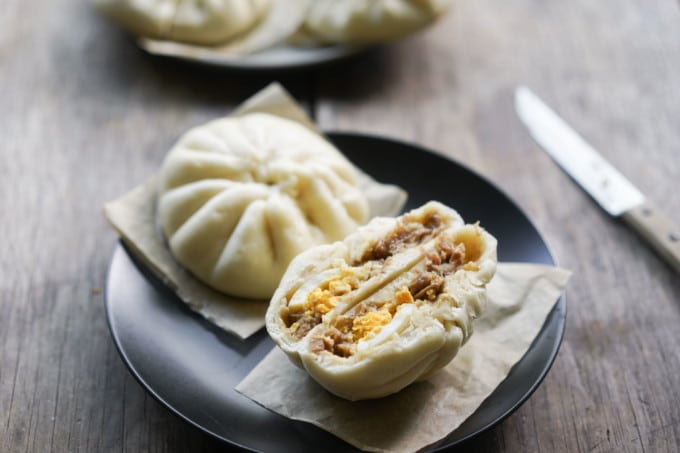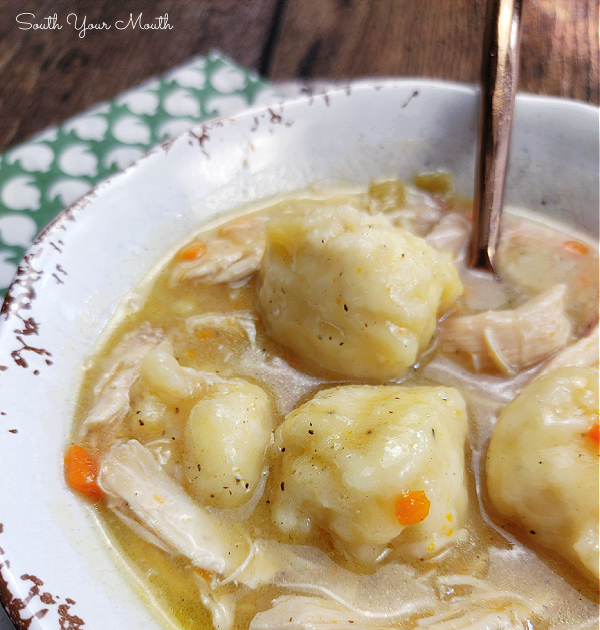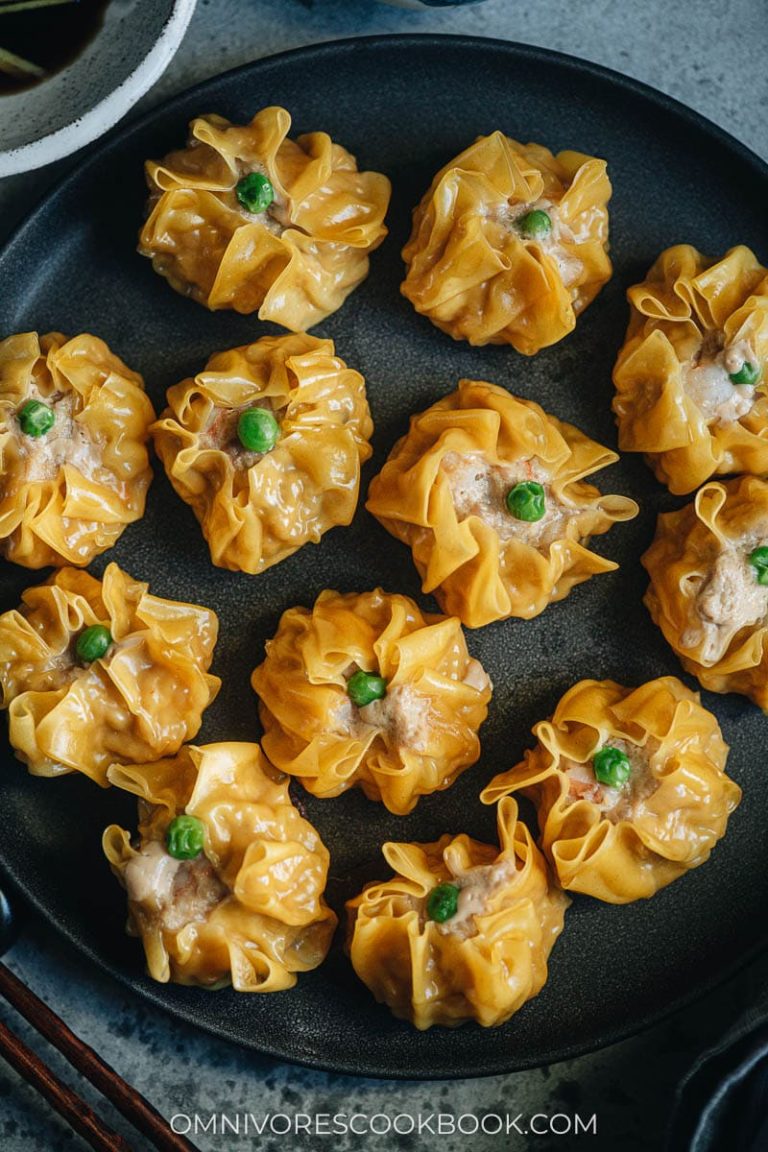Jamaican Fried Dumplings: A Delicious Dive into Tradition and Flavor
History of Jamaican Fried Dumplings
Origins and Cultural Significance
Jamaican fried dumplings, known as “johnny cakes” or “festival,” trace their origins to West African influences brought by enslaved Africans. These dumplings emerged as a staple in Jamaican cuisine due to their simplicity and versatility. Made from basic ingredients like flour, baking powder, salt, and water, they became an acce
